Writings
These writings are books, or articles, both published and unpublished, that I have composed
over the years. The words seek to enable us to enter more deeply into the Word. They are
composed from silence and seek to explore insights from the mystics about the mystery of
our oneness in God and about contemplation. I encourage you to behold as Julian of
Norwich invites us, from the bodily sight of the words, to words forming in our
understanding, or the deep ground of our heart, to spiritual sight and more spiritual sight,
beyond what words can tell. In reading, I invite you to go beyond the words into the
mystery they seek to point towards.
Books
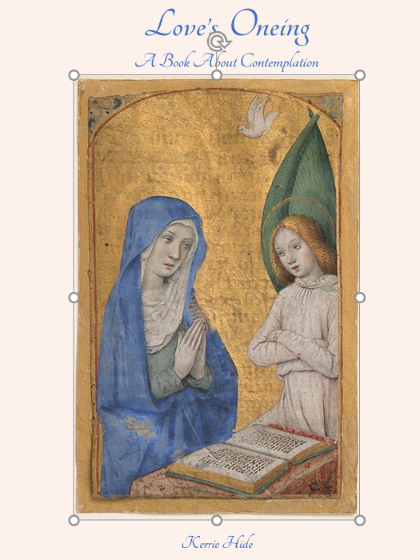
Love's Oneing: A Book About Contemplation
Love’s Oneing ponders the beauty of contemplation as oneing. The book celebrates our oneness with God and the growing realization that we live within the dynamism of love’s oneing. Gazing through the lens of nine mystical authors, Julian of Norwich, the Cloud of Unknowing author, Meister Eckhart, Mechthild of Magdeburg, Clare of Assisi, John of the Cross, Teilhard de Chardin, Beatrice Bruteau and Ilia Delio, the book sensitively offers nuanced insight into the marriage of kenosis and desire in contemplation, giving this voice in contemporary language. With the delicate eye of a spiritual director immersed in mystical literature, Kerrie situates these mystical teachings within contemplative prayer, whilst offering a scholarly exploration of each mystic’s teaching about contemplation, highlighting key moments in contemplation that when surrendered into, open into divine love. She explores how these trustworthy mystical classics lay a foundation for the evolutionary growth of a oneing heart wisdom that fosters unitive and communion consciousness. Born of contemplative wisdom, Love’s Oneing makes a unique contribution to writings about contemplation at a time when the recovery of the mystical dimension of life is crucial for the future in this climate crisis moment. Love’s Oneing speaks to those who feel drawn to explore the contemplative path and those with a maturing practice of contemplation.
Gifted Origins to Graced Fulfilment: The Soteriology of Julian of Norwich
“In a fascinating story, wonderfully told, Kerrie Hide sets out the full scope of Julian’s understanding of human life as created, sustained and fulfilled in the context of the free, playful and compassionate being of God…This book is a compelling read for anyone interested in spiritual life, in prayer, in human hope, or in new ways of thinking about God. And, of course, it is a ‘must’ for all lovers of Julian!” Graeme Garret, Charles Sturt University, Australia.
“Keen historical awareness and a broad theological vision join with a deep spirituality to make this a delightful book.5 Many Christians today , especially if dispirited in the struggles of the times, will thank Kerrie Hide for enabling Dame Julian to speak a message of hope to them from six hundred years ago. This beautifully written book will also be a fine resource for theologians.” Tony Kelly, C.Sr. R. Australian Catholic University.
“Kerrie Hide’s presentation of Julian’s theology of salvation is marked by three particular strengths. Her exposition is based on a close reading of the text of the Showings, aided by a keen sensitivity to the nuances of fourteenth-century English. Secondly, she endeavours to bring into clear synthesis, the many intuitive, imaginative and unsystematic statements by which Julian gives expression to her thought. Finally, she puts Julian into dialogue with our own times, by making well judged links to contemporary insights” Father Michael Casey, O.S.C.O Tarrawarra Abbey, Australia,
View at the Book Depository.
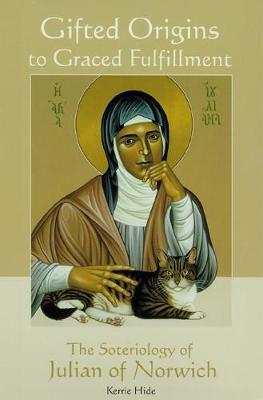
Book Chapters
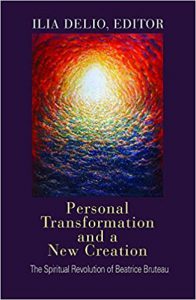
"The Ecstasy of Agape"
in Personal Transformation and New Creation, Edited by Ilia Delio, 2018.
This is a chapter I wrote on the beautiful writings of Beatrice Bruteau. It speaks of the awakening of communion consciousness, which awakens as we enter into the ground of our heart, recover our original memory of being one in Christ and stabilise in the organic identity of our participation in the ecstasy of the Trinity. To buy go to Book Depository.
“Salvation as Oneing” in Christian Theologies of Salvation: A Comparative Introduction, edited by Justin S. Holcomb, New York: New York University Press, 2017.
This chapter addresses the life and thoughts of the English mystic Julian of Norwich. Julian’s unique life of suffering shaped her understanding of theology, in which salvation is part of the journey of the individual, in which salvation occurs not as a result of humanity running from God, but as a great oneing between Divinity and humanity.
To read this chapter please go to: Garratt Publishing

"The Theologian as Spiritual Director” in Embracing Grace: The Theological's Task Edited by Heather Thompson and David Neville, 2009.
In a moving book that explores mysticism and resistance, Dorothee Sölle quotes a letter from fifteenth century German mystagogy, where a pastor urges a distraught person seeking consolation to wait patiently: “God will not be torn from the ground of your heart”, he reassures. The question of how this treasure buried in the heart may be unearthed is saturated in a flood of cries to God that evoke power, vulnerability and hope. God is portrayed as the love of a rushing fountain, the power of luminous radiance, the harmony of pure stillness, the peace in concord. God is hidden and yet starkly laid bare. The letter concludes: “thou silent cry no one can find thee who knows not how to let thee go.” Read more
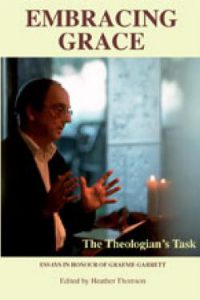
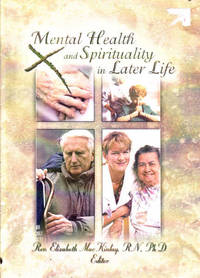
“Symbol Ritual and Dementia” in Mental Health and Spirituality in Later Life, Edited by Elizabeth McKinlay. The Journal of Religious Gerontology Series. London: The Haworth Press, (2002), 77-90.
For a Christian who has lived life consciously in relationship with the divine, participating symbolically in the unfathomable depths of divine love drawing us to union, nurturing and strengthening this relationship, recognizing the first signs of dementia can engender paralyzing fear. The plea of the crucified Jesus remembering Psalm 22 becomes a likely response “My God my God why have you abandoned me?” (Mk 15:34). Feeling abandoned, confused, fragmented, desperate, we fear we will lose our memory of God. We don’t know if we will ever come to the place of acceptance and peace. We don’t know if we will ever be able to journey into this darkest night to dawn and experience the transformation that Psalm 22 describes. Throughout this paper I have shown, that although the fear of being considered nothing can be real in a society that has lost its sense of the divinity of our humanity, ultimately, we are not abandoned when we are most vulnerable. There is at the depth of our being an irrevocable relationship of oneing with divine love that can never be destroyed. If people with dementia are accompanied by carers sensitive to their inherently symbolic nature this relationship of oneing can be nourished and enriched….read more
Articles

Silence Enflamed: John of the Cross and Prayer.
I’d like to begin by inviting you to enter into the solitude of your own heart, to listen to the
silent music, that canticle of love that resounds in the deepest depths of who we are. It is a song so silent, so sweet, so gentle that it immerses us in the divine passion that seeks to be one with us. This silence stills and awakens our inner eye of love…read more here
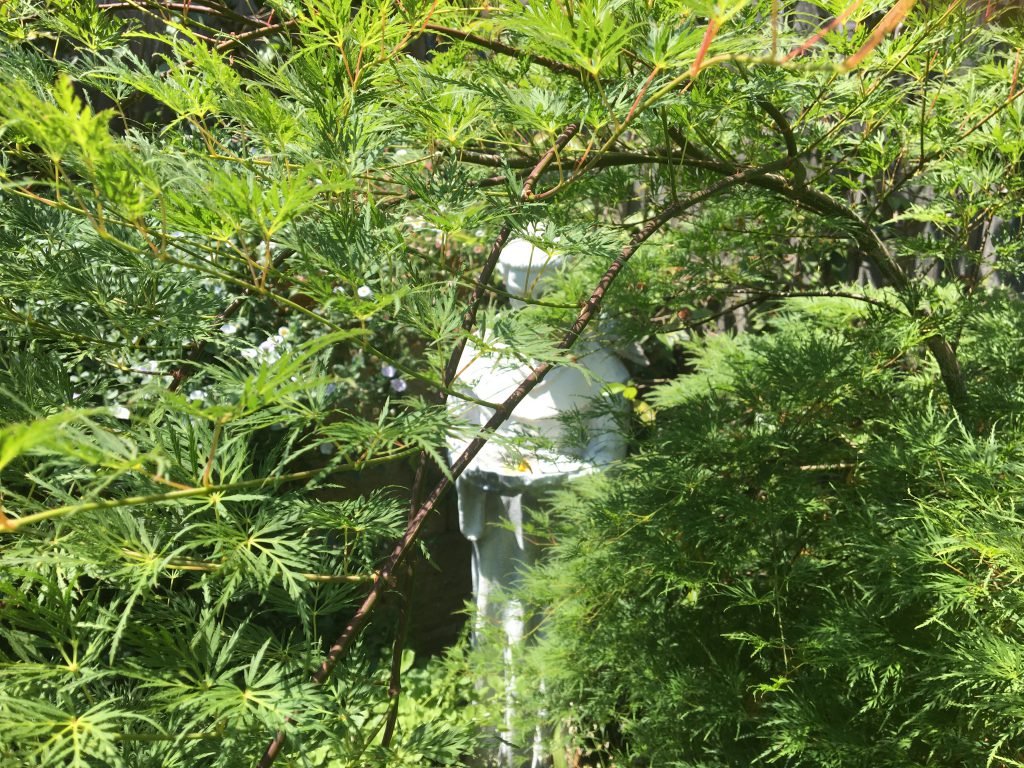
Living in the Presence of God
In this article I will draw our attention to the sacredness of the present moment in which we dwell and show how we can nurture a spirituality of Presence through the practice of centering prayer. After situating the image of God as Presence within the context of scripture and tradition, I will focus on various aspects of this Presence: the presence as love, a relational presence, and a dark presence. I will then show how awareness of the Presence unites us to the Presence we are seeking. Finally I will give an example of centering prayer as a way of disposing and opening us to the gift of contemplation that the Presence longs to give us, by leading us to a meeting place with God in our deepest centre, and sensitizing us to the oneness of all, in the uniting love of God…….click here to read
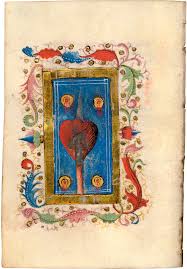
Sacred Heart
Beckoning us to enter through the door of silence, beyond the literal into symbolic mystery, these words of Jesus, ‘when you pray go to your room’ draw us to enter the room within the depths of our selves that is sacred and of God. We call this room the heart. Beyond the confines of the physiological heart, this ‘room where we pray’ identifies the soul-place within. It has no differentiation between body and soul. This heart is where eternal, divine love creatively touches us and holds us in being. It is the inner chamber of the core of our being, where we are absolutely one with God. If we gather all our thoughts together and bring the gaze of our spirit to enter into the inner room of our heart, become sensitive to the language of the heart, and are present with contemplative awareness, we discover that we participate in Trinitarian love. We encounter the heart of God. The heart is the place where we enjoy that ultimately we are one with God….read more here

Discerning from the Oneness of Love
These are some of my recent ponderings about discerning, drawing on Julian of Norwich and the Cloud of Unknowing seer. In the article I reflect on discerning from the depths of oneing, sensitising to the stirrings of love, discerning false stirrings and choosing what is hidden between. I also explore the implications of discerning from oneness for spiritual direction…read more here

Quiet Loving
Pray. Be present to the presence of divine love. ‘Pray” is a cry of the yearning heart. It is an expression of our deepest reality. We are human beings created in the ecstatic and tranquil embrace of the Trinitarian love that gives and receives in an eternal making one. Created from the prayer of the Trinity, for prayer, we long to return to this source of infinite peace. This longing for the quiet of the Godhead is at the source of who we are…..read more here

Contemplative Intention
I invite you to enter into the solitude of your own heart, and become aware of the longings of love deep within. This mysterious longing that resounds in the deepest depths of who we are, stirs us and immerses us in the divine desire that seeks to be one with us. This passion of the divine Lover beckons us, as it silences, stills and awakens our inner eye of love, to behold and to enjoy the loving Presence in the inner-most intimate centre of our heart….read more here
You may also be drawn to a series of prayers written to enter into the sacred space of contemplative intention as an accompaniment to this reflection……read more here
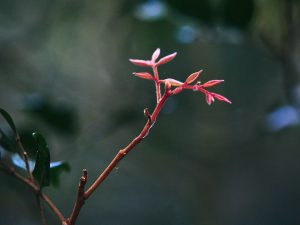
Insights from the Revelations of Divine Love and the Contemplation to Attain Love
In response to those who seek encouragement in their longing to yield to the gentle but insistent desire to be grounded in their source, to give of what they have received, and to live a transforming way of conversion, I will explore Bernard Lonergan’s theology of religious conversion and present insights into the nature of conversion from two classic voices from the tradition, Julian of Norwich and Ignatius of Loyola….read more here
Reflections
These are reflections I have written for the Contemplative Evolution Network (CEN), a network of people who seek to change the violent and hurting situations in our world through the power and intention of contemplative time together, and so help evolve the world through Love.
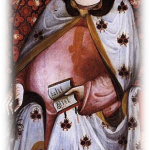
Compassion Pouring Out
Radiant images of creation glowing with golden sunlight and silver moonlight, shine from the pages of the scriptures for this Advent. The hallowed words of each writer reflect the beauty of the Compassionate One who pours out compassion from the very depths of the divine heart, from the rahamin-womb-heart into creation. Read more here
Lenten Anointing
A sweet musk fragrance drifts through the room as Mary, the sister of Martha and Lazarus, pours pure nard on the feet of Jesus. The perfume soothes and calms, creating a homely, open-hearted atmosphere. While all the gospels have a version of Jesus being anointed by a woman (Mark 14:3–9; Matthew 26:6–13; Luke 7:36–50; ), as John’s gospel tells this story (John 12:1–8), the anointing marks the beginning of the great passing over of Jesus…. read more here
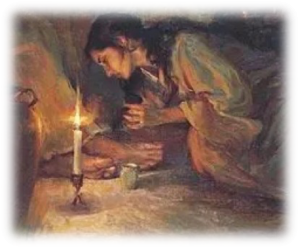
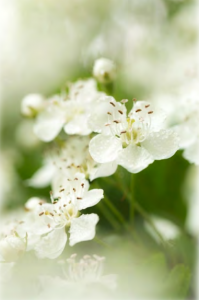
Rebirthing the Greening
This mantra: “the Word (Λόγος Logos) became flesh (σὰρξ sarx) and made a dwelling (ἐσκήνωσεν eskēnōsen) among (ἐν en) us,” resounds from the primordial voice of John’s prologue, reverberating throughout the cosmos. The sacred sounds of this mantra draw us into the silent spaciousness of the eternal womb speaking the Word/Logos, enfleshing, and dwelling, or making a home within us. John immerses us in an overwhelming sense of the holiness of what is fleshy, bodily, sensual, material. He affirms that: “All things came into being through the Word” (Jn1:3). Furthermore, “all that came to be had life (ζωὴ zōē) in (ἐν en) the Word and that life is the light (φῶς phōs) of humankind.” (Jn 1:4). Notice how all life is in the Word, who is the Light of all….read more here
From Tears to Contemplation: Reflecting on the Easter Mystery
There are numerous exquisite icons of Mary of Magdala and Jesus in the garden of the tomb where Jesus was buried, but as far as I am aware, none catch the moment where Mary is alone, facing the stark nothingness of the absence of her beloved Jesus, Yesua. Yet, John begins this luminous narrative, by immersing us in the pathos of emptiness, in tears wept by the one who stayed present in every moment of Christ’s dying. John remarks, “Mary stayed at the tomb weeping.” Her weeping suggests that though her heart is devastated by the loss of her Beloved, she will go on vulnerably loving….read more here
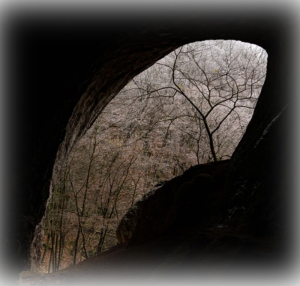

Turning into Love
Eternal time becomes present in the point of this naked now, when we kindle our desire and enter into the ground of Love’s silence, in the sacred spaciousness of our afternoon CEN gatherings. As I light my candle, burn incense, listen to the aroma of its silent music, settle into a soft silence, and turn all my ways of knowing into the ground of my heart, I open into our loving communion held in the communion of the Beloveds of the Trinity. My intention is to be one in the heart of all Love, and to be one with my companions who are also turning into the ground of the heart at this time…read more here
Serene Beholding
Soft light creates a womb-like spaciousness in my prayer room as I enter to join our communion of contemplation. I enkindle a flame, light a slither of incense and listen to the ancient silence its fragrance infuses into my senses. The mossy aroma stills, calms, settles my body, my mind, as my heart opens like spring blossom petals unfolding. Today climate change advocates have openly met in the streets, creating a visible network of human souls connected to the earth soul….read more here
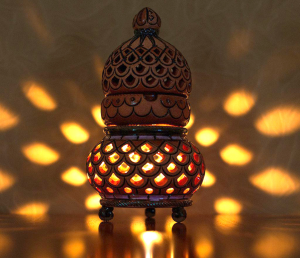
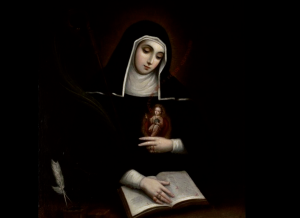
Lighting the Advent Candle
“I live my Advent in the womb of Mary.”i These haunting opening words, sketched in the poem, “Advent,” by the Wisconsin Carmelite poet Jessica Powers, were imprinted in my heart many years ago. For Jessica and for myself, this open, expectant womb of Mary is: “faith’s walled place, with hope’s expectant nativity.” In this moment, as Advent begins and I enter into this Mary womb spaciousness, within the soft darkness of my own heart-womb, I have a sense of the luminous divine foetus, eternally being born in and through me. …read more here
My Soul’s Desire
My heart was filled with delight and celebration recently at the beauty of the oneness of all creation when I went to the exhibition of the Lady and the Unicorn Tapestries, (c. 1500), in the Art Gallery of New South Wales. Just outside the exhibition, a colourful canopy of millefleur patterned fabric graced the corridor and drew me to cross a threshold into sacred time and space…read more here
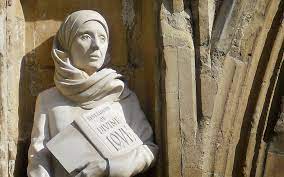
Further Publications
A Woman's Healing Song: Prayers of Consolation for the Separated & Divorced

Through a series of twelve medtations focusing in common concerns of the divorced and separated, Kerrie Hide offers a thouhgtful, spiritual approach to dealing with the grief of divorce and separation.